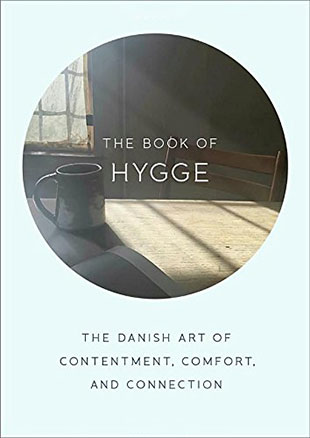"Hygge (pronounced 'hue-gah') is a quality of presence and an experience of belonging and togetherness. It is a feeling of being warm, safe, comforted, and sheltered.
"Hygge is an experience of selfhood and communion with people and places that anchors and affirms us, gives us courage and consolation."
These definitions of hygge are from Louisa Thomsen Brits, the founder of Hygge.co. She's describing qualities and experiences well known in Danish life, where the term comes from.
We would add that hygge is a daily spiritual practice. It invites belonging and togetherness – the practice of connections. It is about being, not having – the practice of being present. According to Brits, it challenges us to cultivate the habits of balance, moderation, care, and observance – the practice of nurturing. It keeps us focused on our surroundings and open to the practices of empathy and wonder.
To amplify, Brits quotes Judith Friedman Hansen:
"The salient feature of hygge is the atmosphere of warm and relaxed enjoyment of the moment which it allows. While it is nurtured by thoughtfulness and mutual involvement, hygge is informal and unrestrained."
What do you do when you are feeling most at home? What centers you? What makes you happy? In Denmark, a country with high approval ratings, homes are comfortable places of shelter and well-being; their residents exude contentment, a confidence that life is good. Hygge advances the embrace of the natural world and a delight in lightheartedness. It encourages indulging in the treats of relaxation and peacefulness.
One of the reasons why Danes are some of the happiest people in the world is their reverence for simplicity and their refusal to submit to excessive consumerism. Brits concludes with a vibrant passage:
"We pass on the spirit of hygge through the quality of our presence. Ideas and values travel. Through hygge, each one of us can know a sense of deeper contentment that will radiate out from us into a global web of belonging togetherness."
This Danish "art of contentment, comfort, and connection" is an excellent way to practice everyday spirituality. (See the excerpt for more examples.)
